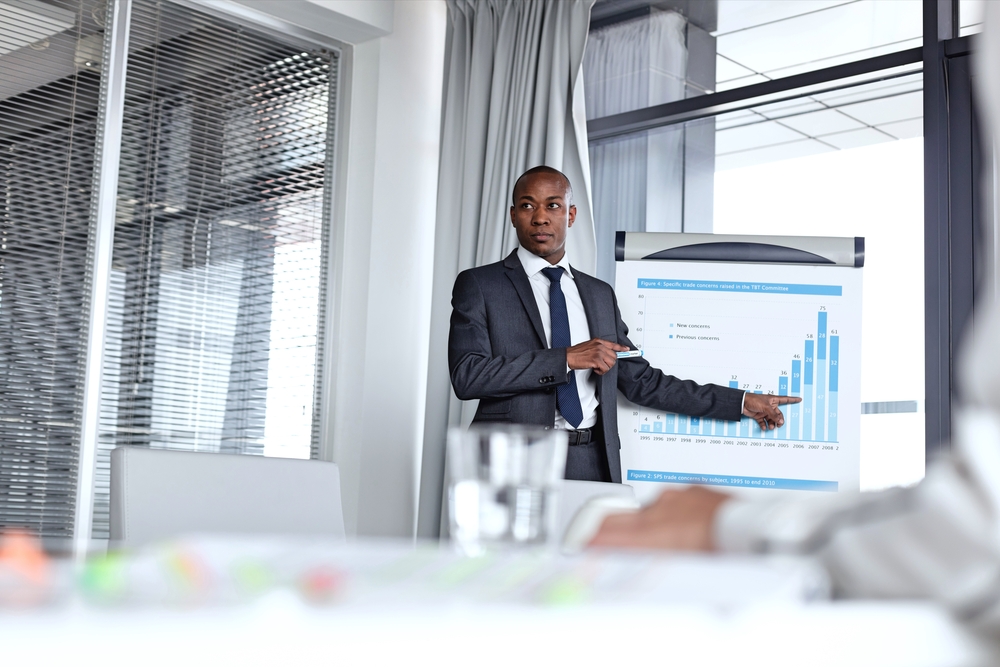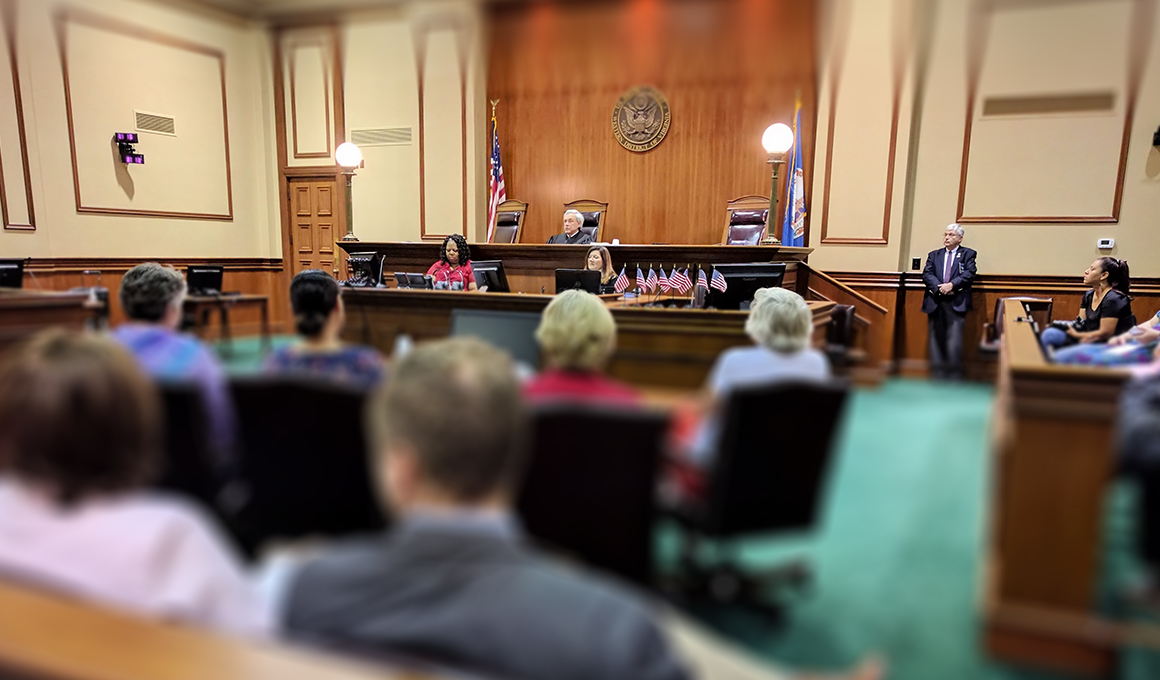Enhancing Your Lawful Approach With Professional Trial Presentations
In today's lawful landscape, the relevance of expert test discussions can not be overstated. By changing dense lawful ideas into engaging stories, specialists can enhance juror understanding and retention.
Significance of Test Presentations
Trial presentations act as a critical component in the legal procedure, efficiently bridging the space between complicated legal disagreements and juror comprehension. The capability to distill complex legal concepts right into easily accessible narratives is necessary for jurors, who need to make informed choices based upon the evidence offered. A well-crafted presentation not just makes clear the situation yet also boosts the persuasiveness of the argument, eventually affecting the jury's understanding.
In a period where attention periods are restricted, the significance of involving visuals and clear communication can not be overemphasized. Test presentations serve to record jurors' rate of interest and preserve their emphasis, permitting a deeper understanding of the truths and lawful issues available. In addition, they provide a structured structure that arranges the instance, helping with rational circulation and comprehensibility.

Trick Components of Effective Presentations
An effective presentation in a court setting hinges on a number of crucial parts that jointly boost its influence. Lawyers have to distill complex legal arguments into concise, easily digestible points to guarantee jurors comprehend the core problems.
Visual aids play a critical duty too, as they can significantly reinforce vital messages. Reliable use displays, graphes, and representations can clear up elaborate details and emphasize crucial realities. In addition, the presenter's delivery style is vital; certain, engaging communication fosters trustworthiness and preserves jurors' attention.
Last but not least, recognizing the audience is critical. Tailoring the discussion to the jurors' backgrounds and values can cultivate a connection that enhances understanding to the disagreement. In summary, quality, narrative framework, visual help, shipment style, and target market understanding are integral to crafting a reliable court presentation that reverberates with jurors and supports the overarching lawful technique.
Technology in Test Presentations
Modern courtrooms significantly integrate modern technology to improve test presentations, improving the foundational elements of efficient interaction developed via clear messaging and appealing stories. The incorporation this post of audio-visual help, such as high-definition projectors and interactive display screens, allows lawful groups to present proof in a more engaging fashion. This innovation not just captures the jury's focus but likewise facilitates a much better understanding of intricate information.

Digital tools, consisting of discussion software and electronic display monitoring systems, streamline the organization and access of proof (trial presentations). Lawyers can quickly reference files, pictures, and video clips, making certain that crucial info is conveniently obtainable during the trial. Additionally, using computer animations and simulations can clearly highlight vital concepts, making them easier for jurors to understand
Additionally, court modern technology advertises cooperation amongst attorneys, making it possible for real-time changes to discussions based upon court responses or unforeseen advancements. The capability to adapt on the fly is important in preserving interaction and strengthening disagreements. As innovation continues to evolve, its role in test discussions will most certainly increase, supplying cutting-edge means to interact efficiently and persuasively in the pursuit of justice.
Storytelling Techniques for Influence
Efficient storytelling techniques are crucial in delivering impactful test discussions, as they transform complex lawful arguments right into relatable stories. A well-crafted story captivates the target market, making it much easier for jurors to understand and remember bottom lines.
To create an engaging narrative, lawyers must focus on establishing a clear framework with a beginning, center, and end. The beginning needs to present the case context and its value, while the center elaborates on the core issues, weaving forthcoming and witness statements that support the debate. Conclusively, the finishing ought to enhance the designated message, driving home the desired end result.
In addition, incorporating psychological components can substantially enhance the story's effect. By humanizing the instance, lawyers can evoke compassion, permitting jurors to link directly with the facts presented. Using vivid imagery and narratives can additionally aid in showing intricate motifs, making them much more concrete and remarkable.

Tips for Execution in Court
Executing narration techniques in court needs mindful planning and implementation to ensure that the narrative reverberates with jurors. Begin by identifying the core message of your situation and straightening it with the emotional and valid elements that will involve the jury. Produce a clear and engaging narrative arc that includes an introduction, a growth of conflict, and a resolution.
Use aesthetic aids to improve narration; exhibits, timelines, and multimedia discussions can help highlight complex ideas and keep juror interest. Practice your shipment, ensuring that body language, tone, and pacing follow the psychological weight of your tale.

Verdict
In verdict, specialist test presentations play an important function in improving lawful approaches by effectively communicating complex disagreements to jurors. The combination of aesthetic help, clear stories, and psychological narration cultivates juror engagement and comprehension.
Comments on “Why Trial Presentations Are Critical for Effective Cross-Examination in Court”